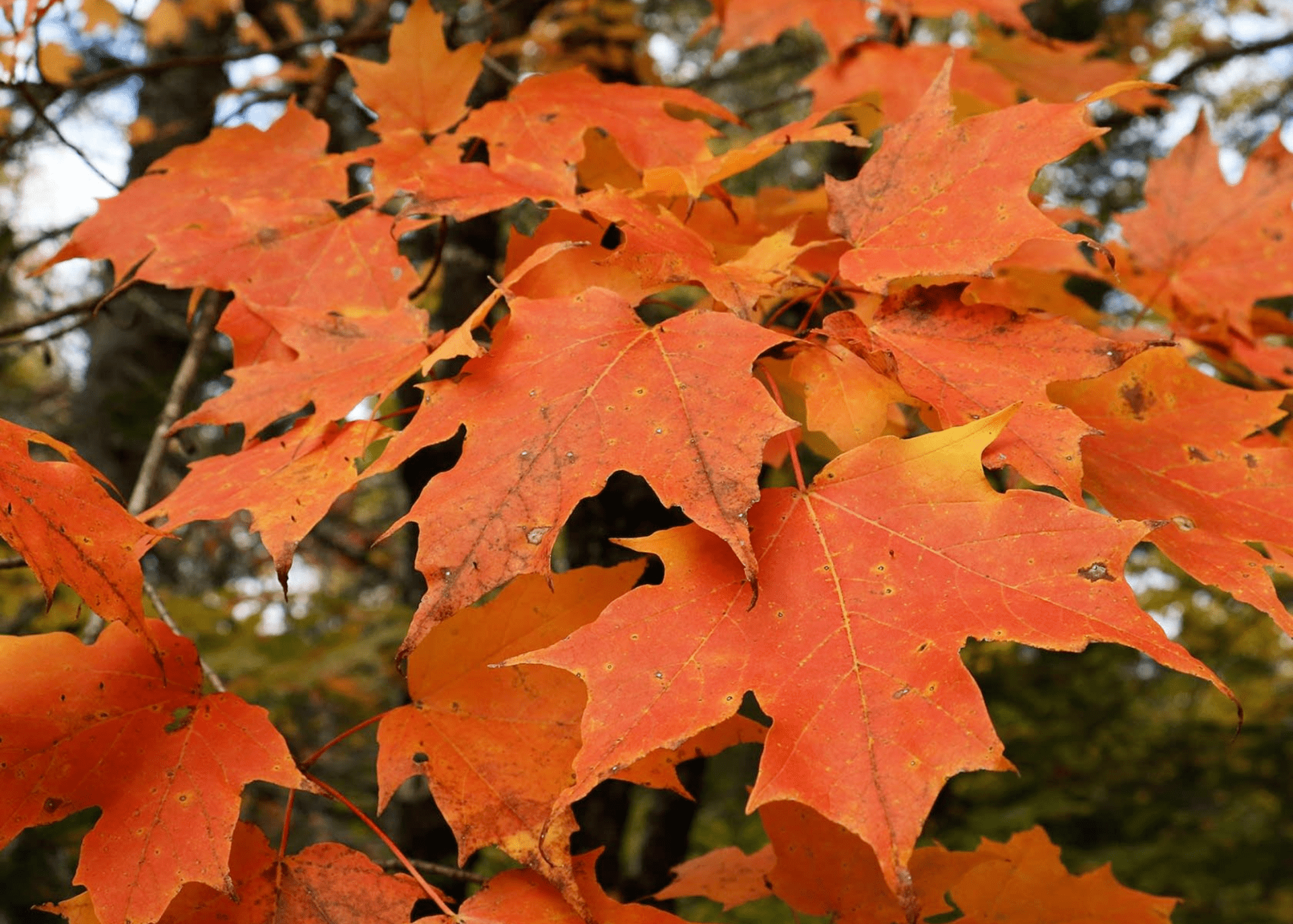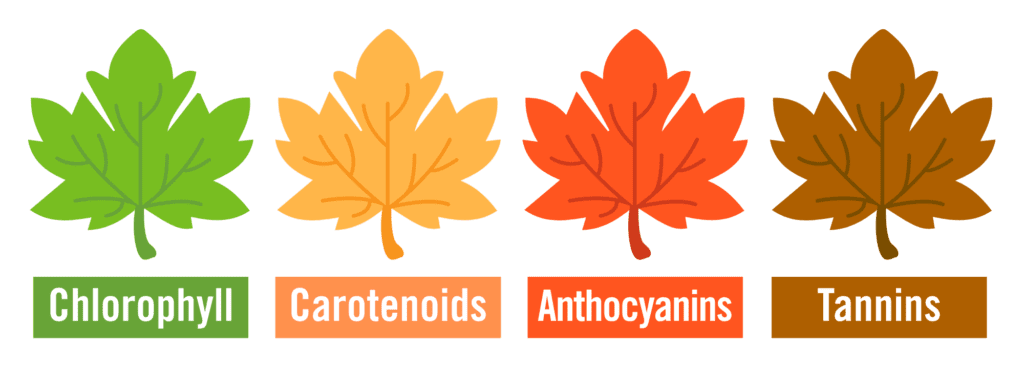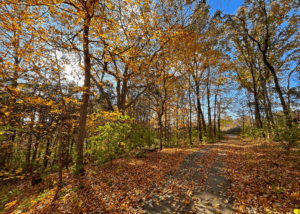
The Science of Fall Color
One of the most beloved sights of autumn is the brilliant display of color across our forests. Each year, visitors come to The Parklands to see the hillsides glow with gold, orange, and red. But what actually causes leaves to change color? The answer is in the science of photosynthesis, a fascinating mix of biology and chemistry happening right above our heads.
Why Leaves Are Green in the First Place
During spring and summer, leaves are packed with chlorophyll. This is the pigment that helps a plant capture sunlight and convert it into energy in a process known as photosynthesis. Chlorophyll reflects green light, which is why leaves appear green for most of the year. This vibrant green is so dominant that it hides other pigments present in the leaf.
The Hidden Colors Beneath
As days grow shorter and temperatures drop, trees begin to prepare for winter by slowing the production of chlorophyll. Leaves then work on breaking down complex molecules into smaller, soluble compounds like sugars and amino acids in a process called senescence. This allows the tree to reabsorb valuable nutrients before the leaves fall, conserving energy and preparing for the winter months. As that green pigment fades, other pigments already inside the leaf become visible.
- Carotenoids are responsible for the bright yellows and oranges of species like hickory and tulip poplar. Some popular vegetables like tomatoes, carrots, sweet potatoes also get their color from the carotenoid pigment.
- Anthocyanins are produced in some species, like red maple and sumac, creating deep reds and purples. These pigments form in leaves as sugars build up. Sunlight boosts sugar production in the leaf, and the more sugars that accumulate, the more anthocyanins are produced, resulting in brighter red hues.
- Tannins give oak and beech leaves their familiar brown color late in the season. Tannins are a waste product that make the leaf taste bitter, so plants may store them up as a defense mechanism.

All of theses pigments are present throughout the year, but are often hidden until chlorophyll fades. The result is a spectacular patchwork of color, as each tree reveals its unique palette.
Factors That Affect Fall Color
Not every autumn looks the same. The exact shades we see each year depend on a combination of tree species, weather, and soil conditions. The timing and intensity of color can be affected by:
- Day length: Shorter days trigger the process. This signals to the trees that it is time to start slowing down the food-making processes to prepare for winter.
- Temperature: Cool (but not freezing) nights and sunny days tend to bring out the most vibrant color. Early frosts can sometimes dull the show, while a warm gradual fall can intensify the color.
- Moisture: A wet spring and summer can set the stage for vibrant fall colors, while drought can cause leaves to drop early.
Why Do Trees Do This?
Fall color is more than just a beautiful show—it’s a sign of the tree’s survival strategy. By slowing growth and recycling nutrients from the leaves back into branches and roots, trees conserve energy and resources for the winter months. Meanwhile, falling leaves enrich the soil, supporting the next generation of plants, insects, and fungi that will thrive next spring.
Where to See Color in The Parklands
From late October through early November, visitors can enjoy the peak of fall color in our forests and meadows. Whether you’re hiking a wooded trail, biking along the Louisville Loop, or simply pausing at an overlook, fall offers some of the most memorable views of the year.
To learn more about some of our recommendations for to seeing fall color, check out this blog: Fall Foliage Peak at The Parklands

